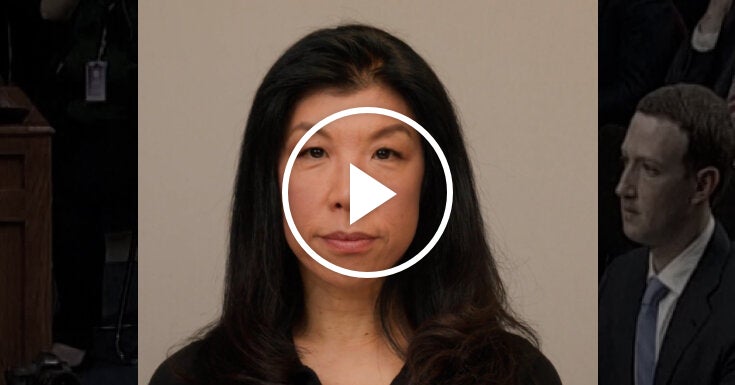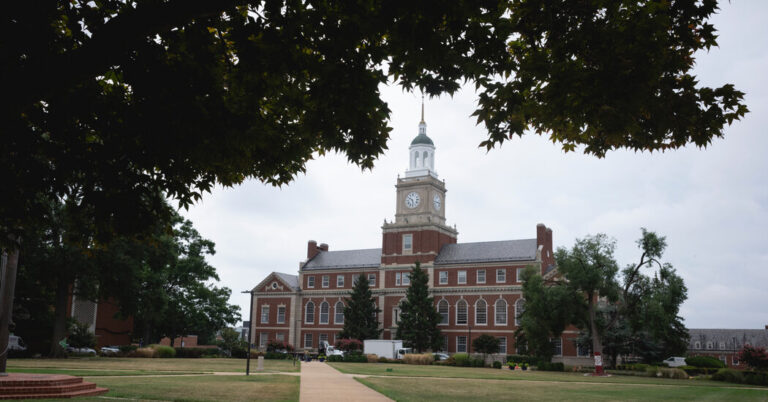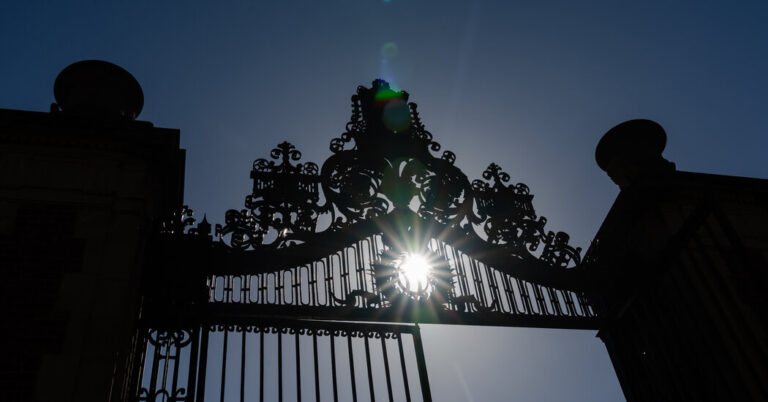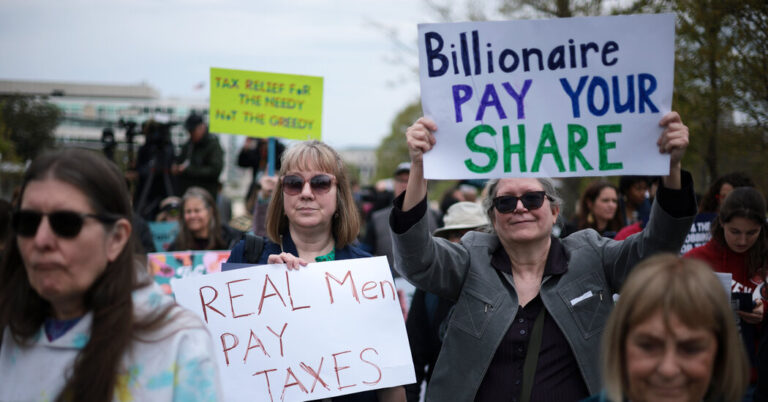A former Colorado sheriff’s deputy was sentenced to three years in prison on Monday in the fatal shooting of a 22-year-old man who called 911 for help as he was experiencing a mental health crisis on a dark mountain road in 2022.
In February, a jury found the former deputy, Andrew Buen, guilty of criminally negligent homicide after declining to convict him on the more serious charge of second-degree murder in the killing of Andrew Glass.
The case drew scrutiny of how the authorities handle crisis intervention, prompted changes to how officers are trained to handle similar situations and resulted in a $19 million settlement for Mr. Glass’s parents.
Before the sentence was handed down, Mr. Buen, a former Clear Creek County sheriff’s deputy, addressed the judge and members of Mr. Glass’s family.
“I wish I could take it all back, and it’s something I think about over and over,” he said through tears. “It’s my mistake that I took the life of Christian and I didn’t recognize that at the time, and it’s something I will always have to live with.”
“Part of the reason I wanted to get into law enforcement,” he added, “was to change the negative view of law enforcement. But my actions did the opposite. I will never forget that I let so many people down.”
Last year, Mr. Buen was found guilty of reckless endangerment in connection with the shooting, but the jury could not reach a verdict on a second-degree murder charge, which carries a maximum penalty of 48 years in prison. That set up a second trial, which lasted two weeks in February.
Judge Catherine J. Cheroutes of Colorado’s Fifth Judicial District Court sentenced Mr. Buen to serve 120 days for the reckless endangerment charge concurrently with his three-year sentence for criminally negligent homicide.
“I think this was about power. It wasn’t a mistake,” Judge Cheroutes said before sentencing Mr. Buen. “It was about ‘You need to listen to me, because I’m in charge.’”
In imposing the maximum three-year sentence on the criminally negligent homicide charge, the judge said: “Mr. Buen doesn’t need rehabilitation. He’s not going to be a law enforcement officer again. He’s not going to have a gun again.”
Mr. Glass called 911 on the night of June 10, 2022, when his Honda Pilot became stuck on an embankment near Silver Plume, Colo., a former silver mining camp about 45 miles west of Denver.
He had become stuck while attempting a three-point turn and had panicked, his father told The New York Times after Mr. Buen was convicted in February. Mr. Glass told a dispatcher that his S.U.V. was stuck in a “trap,” that he was coming out of a depression, that he feared “skinwalkers” and that he needed help.
Officers from five law enforcement agencies responded.
Over the course of a little over an hour, they negotiated with Mr. Glass to get out of his vehicle and drop the knife he had in his possession. At one point, according to body camera footage of the episode, he turned to the closed window, cupping his hands in a heart-shaped gesture at the officers.
At other times, he kept his hands on the steering wheel but did not open the door or window, unlock the vehicle or get out, as the officers had requested. When he did not follow those orders, officers used a stun gun and fired beanbag rounds at him, according to the body camera footage.
Prosecutors said that Mr. Buen broke the front passenger-side window with a baton. Mr. Glass then swung an arm at the broken window, and Mr. Buen shot Mr. Glass five times. Mr. Glass was pronounced dead at the scene.
Lawyers for Mr. Glass’s family have said that the officers needlessly escalated the situation and used unnecessarily aggressive tactics during the encounter.
Mr. Buen returned to work with the Clear Creek County Sheriff’s Office after the shooting but was fired in November 2022 after an indictment against him was made public.
Just before sentencing Mr. Buen, Judge Cheroutes noted that when someone kills a police officer, the sentence is typically “extreme and uncompromising.”
“It’s really kind of amazing to me how Mr. Buen, as soon as you put a uniform on him and give him a gun, it changes everything,” she said.
Victor Mather, Rebecca Halleck and William Lamb contributed reporting.











